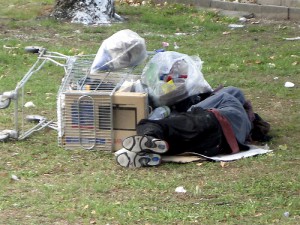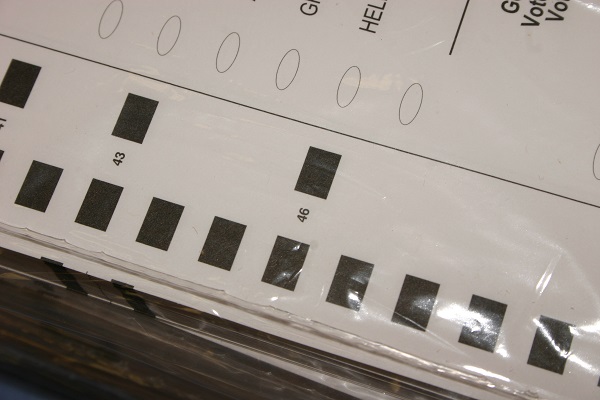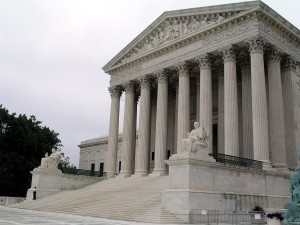 This week brought the sad news that despite improvements in the rest of the metro area, poverty rates in Ramsey County and St. Paul have been rising. Specifically, “[s]lightly more than 40 percent of St. Paul residents live within 185 percent of the federal poverty threshold, earning less than $44,875 for a family of four in the period studied (2011 to 2015),” an increase from 38.7 percent in the previous five-year period. This report comes from the Metropolitan Council, and is available online. And yet this news report on local poverty levels is not surprising next to last year’s news that homelessness was also rising in Ramsey County.
This week brought the sad news that despite improvements in the rest of the metro area, poverty rates in Ramsey County and St. Paul have been rising. Specifically, “[s]lightly more than 40 percent of St. Paul residents live within 185 percent of the federal poverty threshold, earning less than $44,875 for a family of four in the period studied (2011 to 2015),” an increase from 38.7 percent in the previous five-year period. This report comes from the Metropolitan Council, and is available online. And yet this news report on local poverty levels is not surprising next to last year’s news that homelessness was also rising in Ramsey County.
Poverty and homelessness are large and overlapping problems without easy solutions, both for the community and for affected individuals. But there is at least a local tool that can assist those seeking emergency shelter. Ramsey County Coordinated Access to Housing and Shelter (CAHS) provides housing services and support for Ramsey County families, single adults and unaccompanied youth who are homeless or at imminent risk of becoming homeless. With CAHS, families seeking emergency shelter and supportive housing in Ramsey County no longer need to contact every shelter and housing provider for openings. Rather, by completing a CAHS assessment, homeless families and individuals can get direct assistance in finding an available emergency shelter. Access CAHS by calling United Way 2-1-1, and they can help you get the most appropriate referral for housing program support based upon the needs of your family. In addition, if you are a Ramsey County resident facing eviction due to a legal issue with your landlord, our Tuesday afternoon legal clinic is available for you!








